14 years one-stop China custom CNC machining parts factory
Our PEEK CNC Machining Parts Services
We offer a comprehensive Peek CNC machining service to meet your specific manufacturing requirements. With 13 years of experience, he has completed more than 2,000 peek CNC machining projects for customers. Contact us to learn about top-notch Peek CNC machining services tailored to your needs. There are professional engineers for analysis.
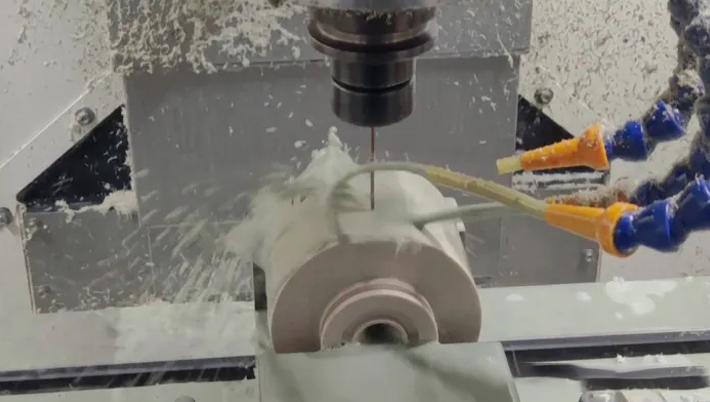
PEEK CNC Machining and Prototyping Services
We provide reliable and efficient PEEK CNC prototyping and machining services to bring your design concepts to life — tailored to meet your exact manufacturing needs.
Rapid prototyping in just 3 days. With 15 years of experience and over 2,000 successful PEEK CNC machining projects, our expert engineers analyze every detail to ensure the precision and quality of each machined PEEK part.
Tolerances as tight as +/- 0.0003 in.
Custom milled parts for prototyping and production.
Quick turn milling services.
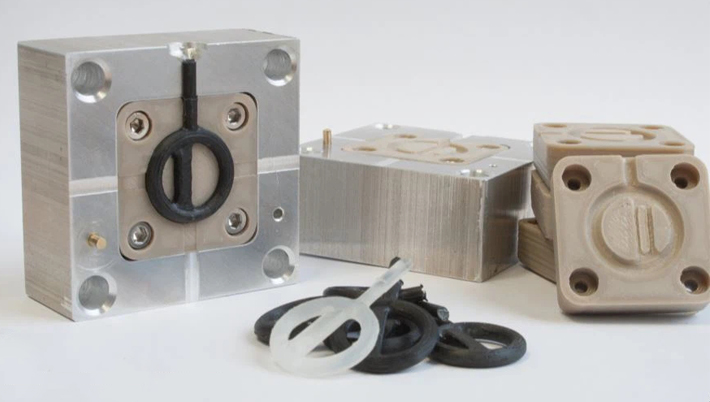
Peek Injection Molding Services
Our Peek injection molding services offer a cost-effective and efficient solution for producing high-quality Peek parts. With our state-of-the-art equipment and experienced team, we can deliver consistent and precise Peek parts for your manufacturing needs. Contact us for reliable Peek injection molding services.
Achieves +/- 0.0002 in. precision.
Custom turned parts for prototyping and production
Quick turn turning services.
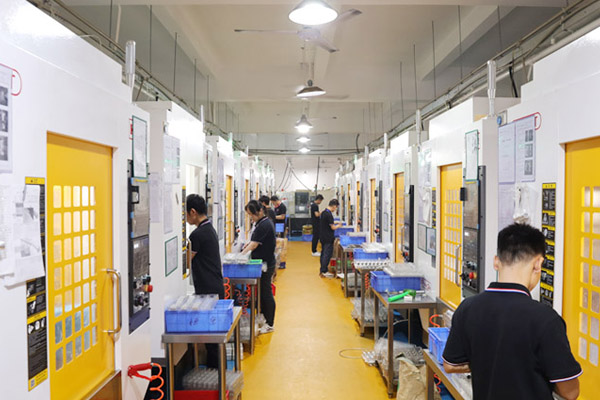
Custom PEEK CNC Machining Parts Manufacturer
VMT is a professional manufacturer specializing in PEEK CNC machined parts, backed by 15 years of precision machining expertise.
Our CNC engineers, each with over 20 years of experience, provide one-on-one solutions and DFM (Design for Manufacturability) analysis to meet your exact requirements while optimizing part performance and functionality.
We work with material suppliers we've trusted for over a decade and maintain our own in-house material inventory, allowing us to offer highly competitive pricing.
Our strict quality control system guarantees exceptional accuracy and excellence in every component we produce — whether it's Glass-Filled PEEK, Carbon-Filled PEEK, Mineral-Filled PEEK, Bearing Grade PEEK, Medical Grade PEEK, or any other high-precision part.
Simply send us your custom drawings and specifications — we’ll turn your ideas into reality.
Why Choose Us
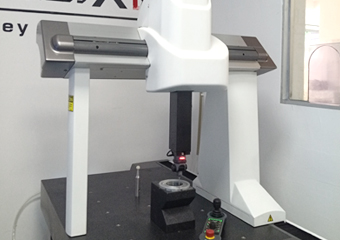
High-Quality Parts with Tight Tolerances
As an ISO 9001-certified manufacturer, VMT delivers high-quality CNC machining parts, expertly handling complex designs. We follow international best practices, achieving dimensional tolerances as tight as ±0.0004″ (0.01mm), ensuring our products meet your exact specifications and fulfill all your requirements.
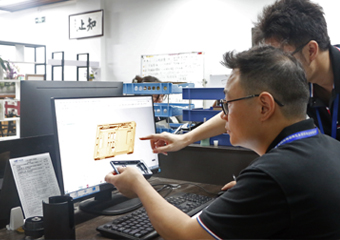
Fast Quoting and Delivery
VMT provides rapid production and delivery of CNC machining parts, enabling flexible iterations and helping you stay ahead in the market. Upload your design and receive a CNC quote within 2 hours. Our engineering team offers precise cost calculations, transparent pricing, and reduced lead times, significantly boosting your competitiveness.
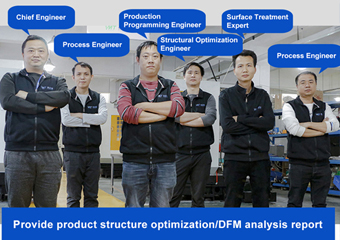
Engineering Support
Leveraging cutting-edge technology and equipment, we ensure the highest quality, precision, and performance of automotive parts. To expedite our clients' CNC machining product development and validation, we operate over 100 advanced CNC machines and a specialized rapid prototyping team. From design analysis to mass production, we can deliver within 24 hours, providing full support to ensure client success.
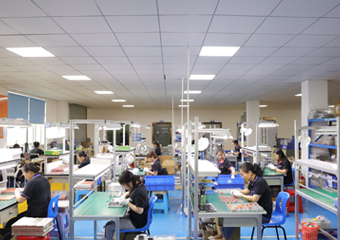
Quality Inspection
We maintain a comprehensive quality control system, including IQC, IPQC, and FQC, overseeing every stage from raw materials to final shipment. We retain inspection reports for two years and are equipped with advanced 3D and 2D measuring instruments, as well as a laboratory for precise dimension checks and material compliance. We offer CMM inspection, material testing, and certification of conformity to ensure exceptional quality.

Surface Finishing
We collaborate with surface finishing factories with over 10 years of experience, offering more than 40 surface finishingprocesses. Two senior engineers work on customizing cost-effective solutions based on your needs, strictly controlling every step to ensure a 98% product yield and outstanding surface finishingquality.
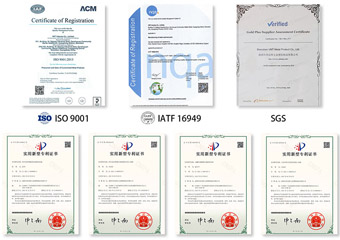
Certifications and Patents
We are certified by ISO9001:2015, IATF16949, and SGS, and hold 12 patents. With state-of-the-art CNC technology, we ensure precise and efficient CNC machining part machining, meeting your highest expectations for size, performance, and strength, and providing exceptional service.
PEEK CNC Machined Parts Gallery
Below is a small selection of peek CNC machined prototypes and end-use parts we produce for our customers. Used with permission.
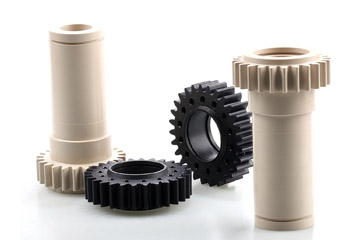
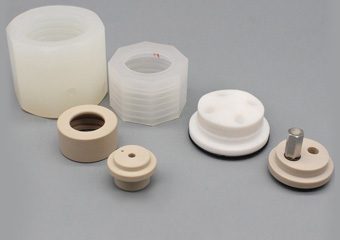
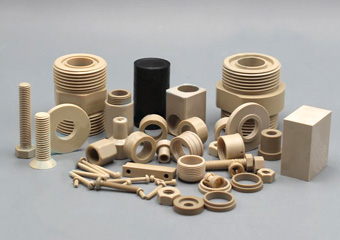
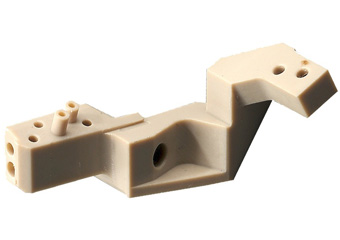

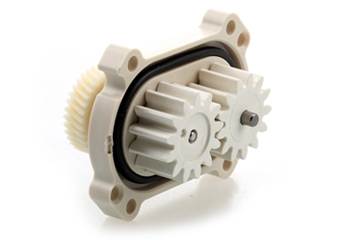
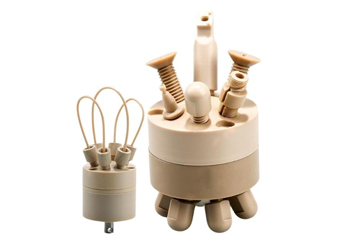

Custom CNC Machining Solutions Services
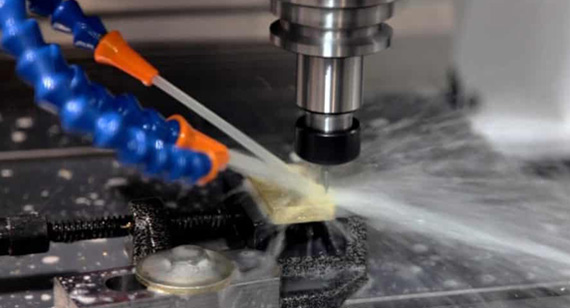
Rapid Prototyping CNC Machining PEEK Parts
Our rapid machining services support product development, providing rapid prototyping and mold tooling to ensure design verification. CNC machining accurately creates plastic and metal parts to simulate the appearance and function of the final product.
Our professional CNC services ensure quality and accuracy, and promise fast delivery to help you quickly verify the feasibility of your design.
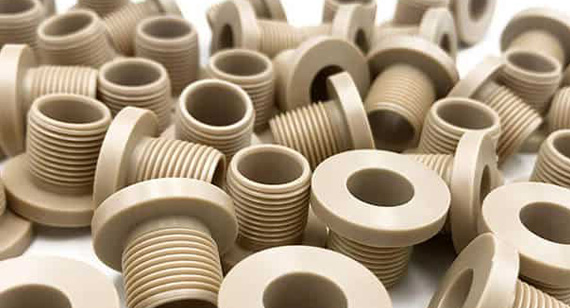
Small and Large Batch Machining Production
We provide flexible CNC machining services to meet your needs, whether it is small batch or large-scale production. With precise tolerance control and comprehensive production capabilities, we ensure consistency in batch production while maintaining high quality.
CNC machining is particularly suitable for the rapid production of custom parts. Its high precision, repeatability and material diversity help products to be put on the market quickly. Our CNC machine shop is dedicated to providing a one-stop solution for custom machined parts or products, effectively shortening production cycle. Whether it is 10 or 10,000 custom parts, we provide efficient and accurate CNC machining services at an affordable price.
12 Quality Inspection Process
Learn how VMT's quality control team maintains strict quality standards by conducting dimensional and cosmetic inspections of each order during production. If there is any problem, we will communicate and solve it as soon as possible, or solve it in your way.

DFM Analysis
Before CNC machining, engineers conduct a DFM analysis to identify and resolve potential issues in advance. This ensures optimized designs for efficient manufacturing, minimizes defects, and reduces machining costs.
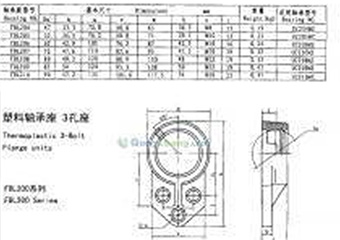
Dimensional Tolerance Determination
Check whether the parts meet the specified dimensional tolerances, ensure the technical feasibility of the tolerance design, and optimize the production process to meet your quality requirements and cost-effectiveness.
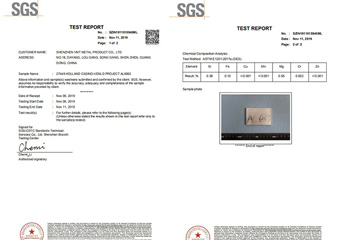
Material Testing
We have long-term stable partnerships with material suppliers for decades and can provide third-party inspection reports from organizations such as SGS, CTI, and TUV.

CNC Machining Production
We have a dedicated team to track order progress, maintaining detailed records for each production run. Photos and videos are transparently shared with customers, keeping you informed about the machining process.
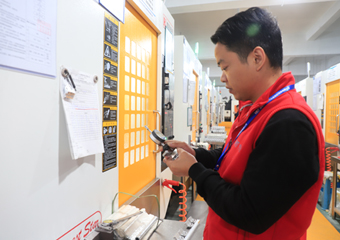
FQC Detection
During the machining production process, dimensional tolerance inspections are conducted every two hours, and the first article is inspected to ensure it meets design and quality standards. This guarantees process stability, product consistency, and improved production efficiency.
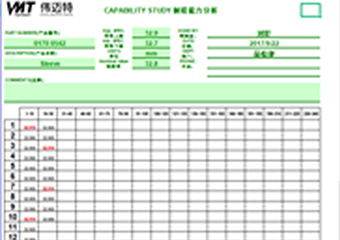
SPC / CKP
Implement statistical analysis to monitor and control the manufacturing process and provide inspection reports.
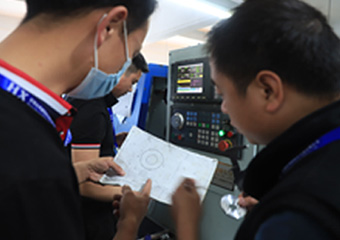
Problem Found
If any deviations, defects, or non-compliance issues are discovered during the machining process, an immediate meeting is held to address the problem.
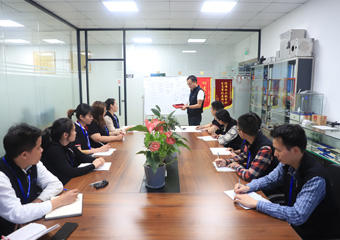
Problem Solving
Respond within 30 minutes, provide solutions within 2 hours, and resolve within 1 day.
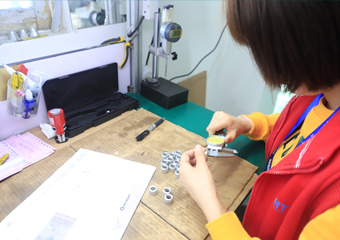
OQC Detection
Before CNC parts leave the factory, 100% dimensional inspection is conducted according to customer drawings. Inspection reports are provided before proceeding to the next processing step.
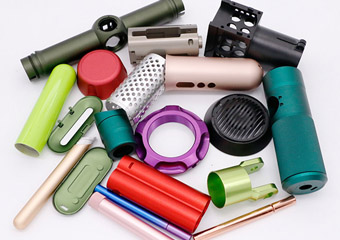
Surface Finishing
In addition to conventional surface treatments, there are a variety of special surface treatments. We have a full-time SQE to follow up and control each process in the surface treatment factory. After returning to our workshop, the product appearance will be 100% inspected.
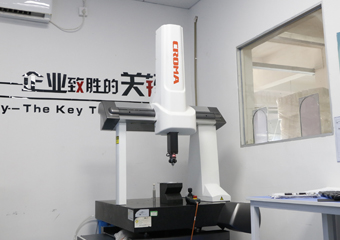
Full Inspection
QC specilists will check the parts at every step with testing equipments accordingly,like 3D / 2D project, height/thread /roughness gauge. Offering inspection report with full dimensions for each part.
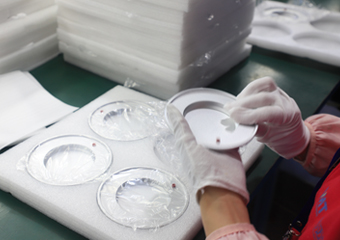
Package
Many different ways to pack the goods,avoid the damage, easy to carry and enviornmentally,Accept customer customization, commonly used pearl cotton, bubble bag.
Customized PEEK CNC Machining Materials
Peek (Polyetheretherketone) is a high-performance thermoplastic polymer known for its exceptional mechanical, thermal, and chemical properties. It is widely used in various industries due to its excellent performance in extreme conditions. Here are some common types of Peek materials:
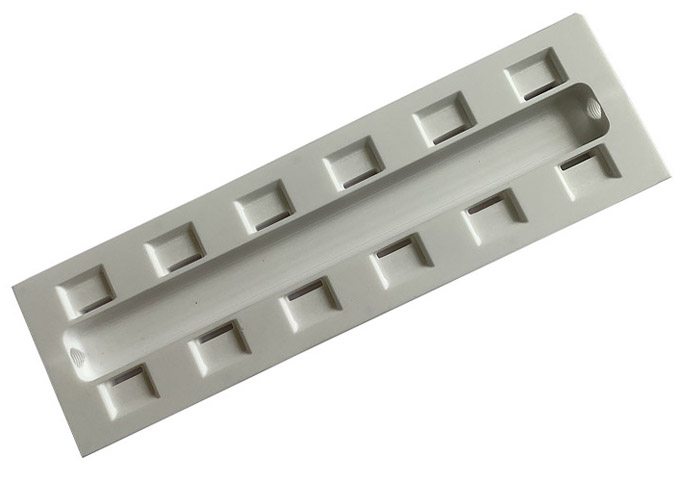
PEEK CNC Machining Parts
Unfilled Peek: This is the standard Peek material without any added fillers or reinforcements. It offers high mechanical strength, excellent chemical resistance, and good dimensional stability.
Color: Unfilled Peek is usually opaque or translucent in appearance and can range in color from off-white to light brown or yellow.
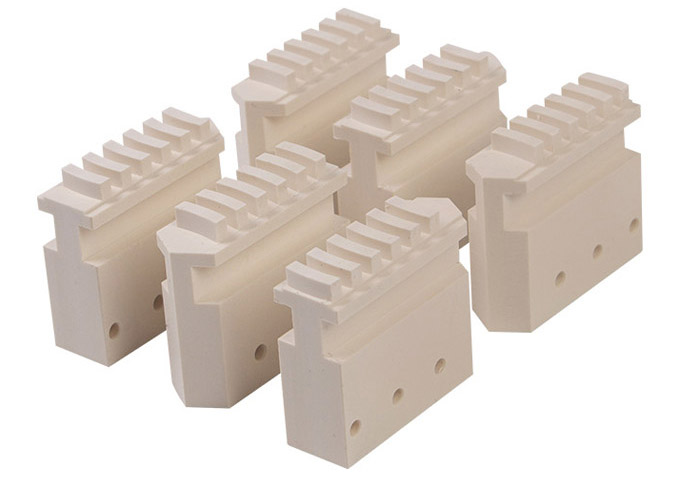
Glass-Filled Peek CNC Machining Parts
Glass-Filled Peek: This type of Peek material is reinforced with glass fibers, which enhances its mechanical properties, such as increased tensile strength, stiffness, and improved wear resistance.
Color: Glass-filled Peek is typically light brown or beige in color due to the added glass fibers, which may give it a slightly more opaque appearance compared to unfilled Peek.

Carbon-Filled Peek CNC Machining Parts
Carbon-Filled Peek: Peek material can also be reinforced with carbon fibers, which provide improved mechanical properties, including higher tensile strength, stiffness, and reduced coefficient of thermal expansion.
Color: Carbon-filled Peek can have a black or dark gray color due to the added carbon fibers, which can impart a darker appearance to the material.
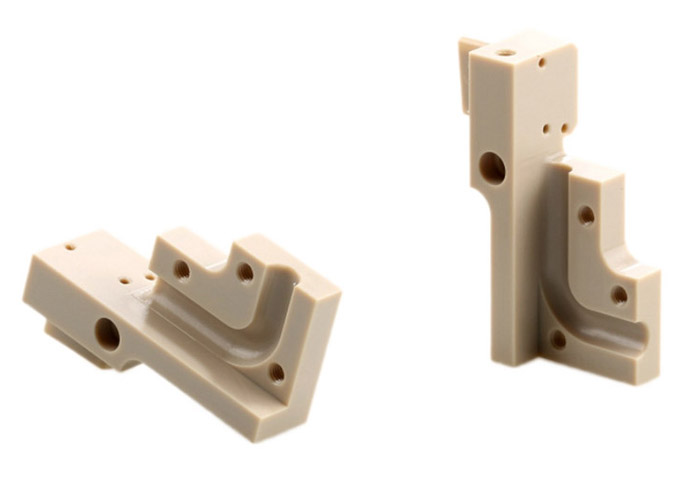
Mineral-Filled Peek CNC Machining Parts
Mineral-Filled Peek: Peek material can be filled with various mineral fillers, such as glass beads or mica, which can improve its thermal and electrical properties, as well as reduce costs.
Color: Mineral-filled Peek can vary in color depending on the type and amount of mineral filler used. For example, Peek filled with glass beads may appear slightly more translucent or opaque, while Peek filled with mica may have a silver or grayish appearance.
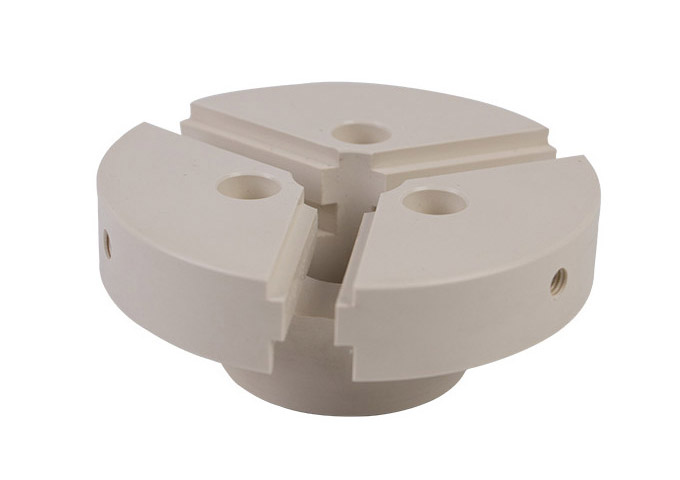
Bearing Grade Peek CNC Machining Parts
Bearing Grade Peek: This type of Peek material is specifically formulated for high-temperature and high-pressure applications, such as bearings and seals, and offers enhanced wear resistance and low friction properties.
Color: Bearing grade Peek materials are often light brown or beige in color, similar to glass-filled Peek,
due to the combination of glass fibers and other additives for enhanced mechanical properties.
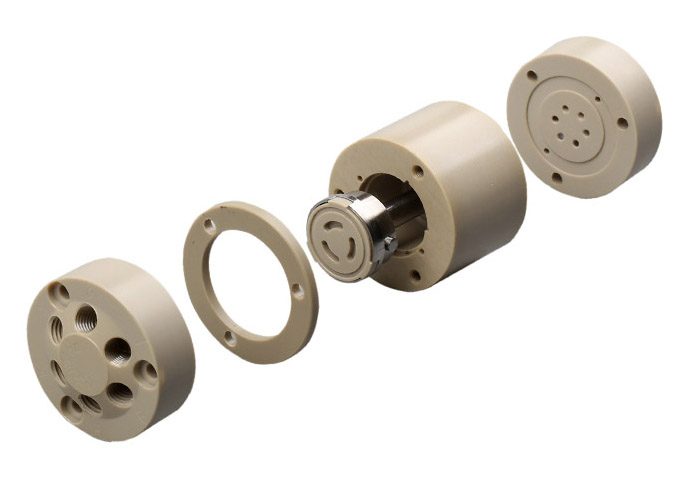
Medical Grade Peek CNC Machining Parts
Medical Grade Peek: Peek materials with specific formulations and certifications for use in medical and healthcare applications, such as implants and surgical instruments, with biocompatibility and sterilization capabilities.
Color: Medical grade Peek materials may come in a variety of colors, including opaque white, translucent or transparent, depending on the specific formulation and manufacturer.
Advantages and Disadvantages of PEEK CNC Machining
PEEK plastic offers many benefits that make it suitable for injection molding. However, there are some of its downsides to consider before choosing it for any project.
Advantages
Peek material has several notable properties and characteristics that make it highly desirable in various applications:
Disadvantages
Although PEEK (polyetherimide) has many excellent properties, it also has some disadvantages:
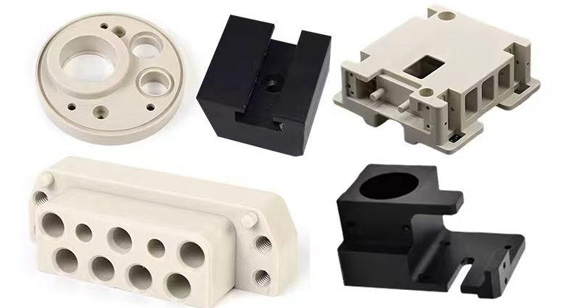
Surface Finish
PEEK parts naturally appear in an opaque gray or beige color. Due to the polymer structure of PEEK, paints and coatings tend to have poor adhesion to its surface. However, thanks to its inherent chemical resistance, PEEK parts are typically acceptable in their machined state.
Post-Machining:
PEEK is easy to machine and can achieve a smooth surface finish. At VMT, we can provide a surface roughness quotation for PEEK within 2 hours — with a minimum achievable finish of 32 µin Ra. Even lower Ra values are possible through one-on-one engineering DFM analysis and custom quoting.
Bead Blasting:
Glass bead blasting can be used to mechanically polish the surface and remove any unwanted tool marks.
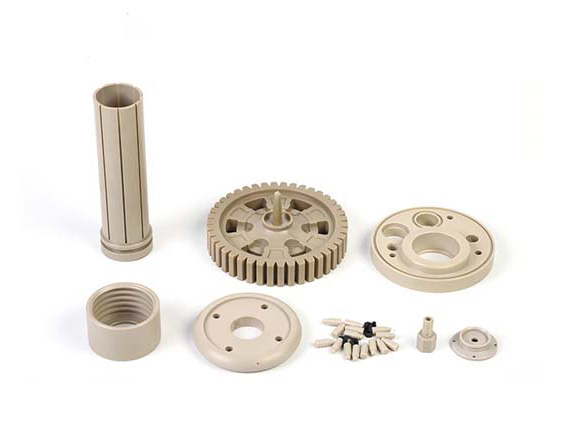
Applications of PEEK CNC Machining Parts
Peek material finds numerous applications across various industries, including but not limited to:
Custom PEEK CNC Machining Ordering Process
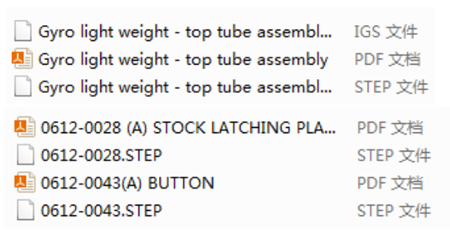
Upload Your CAD File
Upload your file directly or send your project information through the quote page. All files support NDA.
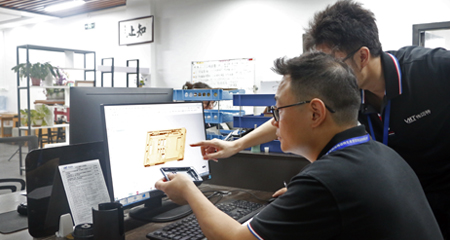
Quotation and DFM Analysis
We will send back the design for manufacturability analysis and real-time quotation within 12 hours. Provide customers with constructive suggestions from the perspectives of structure, material selection, surface treatment, etc. to solve customer problems and reduce customer processing costs.
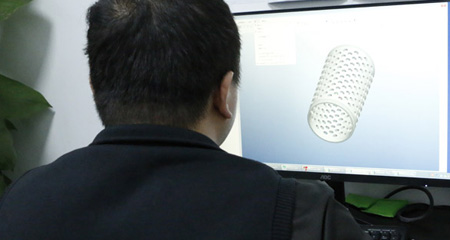
Programming
The first step is to create a detailed design of the Peek part, including the desired dimensions, tolerances, and surface finishes. This involves CAD/CAM software to create a 3D model of the part.
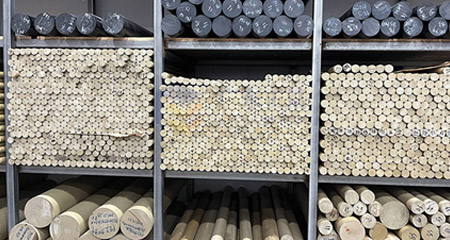
Raw Material Testing
Every batch of raw materials arriving at the factory must undergo a series of material inspections and have a material inspection report before they can be used. Make sure to use real raw materials for customers.

Start CNC Machining Production
Once the Peek material is prepared, it's loaded into the CNC machine, and the machining process begins. This involves using the CNC machine's programmed instructions to precisely shape and cut the Peek material into the desired part geometry. CNC machines use various cutting tools, such as drills, mills, and lathes, to remove material and create the final part.
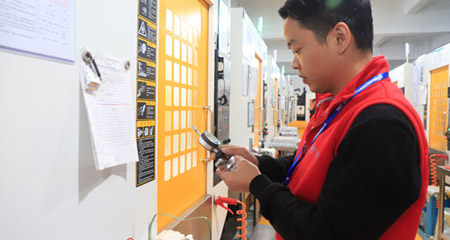
2 Hours Random Inspection
During the peek CNC machining parts process, quality control personnelconduct routine inspections on all parts being producedevery two hours to avoid problems and save costs andtime.
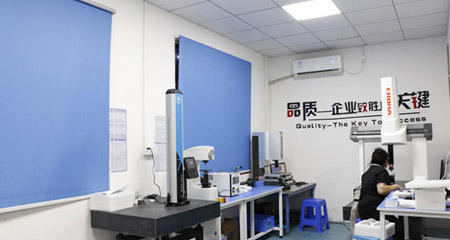
Quality Inspection
According to the shape and tolerance requirements of peek CNC machining parts, colleagues in the quality department choose three-dimensional, two-dimensional, altimeter, micrometer and other precision instruments to measure all dimensions of plastic parts to ensure that the dimensions of CNC peek machining parts meet the requirements of customer drawings.
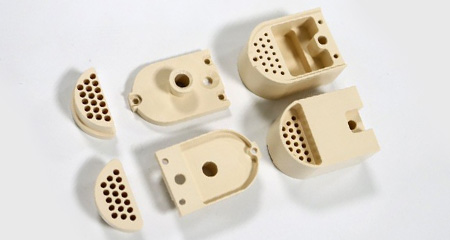
Surface Treatment
After the CNC plastic machining parts are tested and qualified by the colleagues of the quality department, the corresponding surface treatment of the plastic CNC machining parts is done according to the customer's needs, such as: In-Mold Decoration Technology (IMD), painting, and Out-Mold Decoration-IMD , Painting, Non-Condictive vacuum Metalize, plastic electroplating, silk screen, Laser, bite pattern, water transfer printing and other surface treatments, and various colors can be customized according to customer needs.

Full Inspection
After the surface treatment of peek CNC machining parts, there will be certain dimensional tolerances. In order to ensure that the dimensions of peek CNC machining parts after surface treatment are within the precise range required by customers. Full inspection report before shipment: number of parts,critical dimensions, threads and tolerances, thickness and depth, appearance of parts, etc.
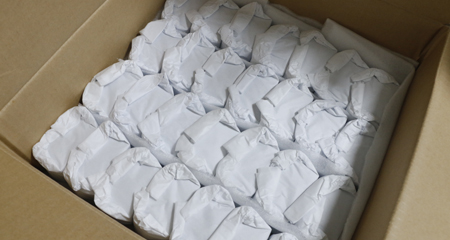
Packing
Four layers of protection:
1.Wrapping paper
2.Pearl cotton
3.Foam
4.Use paperlwooden boxes during packaging
Ensure that we provide you with the best quality andmost beautiful peek CNC machining parts.
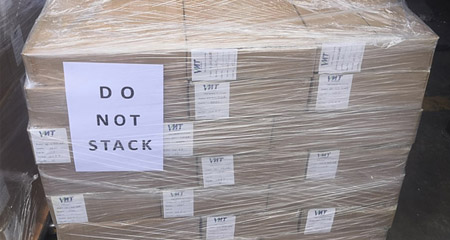
Shipping
Transportation :We use express couriersuch as UPS, DHL,EMS, TNT,FEDEX for sample shipping. We canarrange air orocean shipping for bulk delivery as yourrequirement.
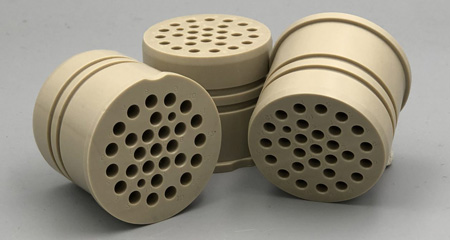
Receive Your Machining Parts
We will promptly inform you of the parts transportation track. After arrival, if there are any problems, we will give you a solution and arrange a video conference within 1 hour after feedback.
CNC Machining Workshop
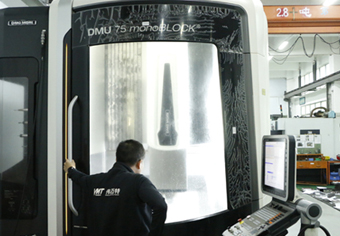
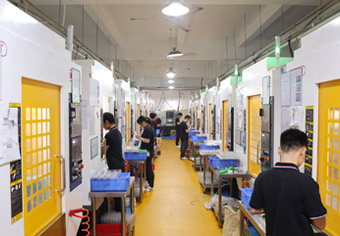
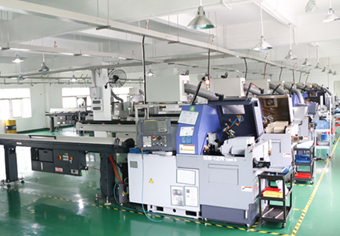
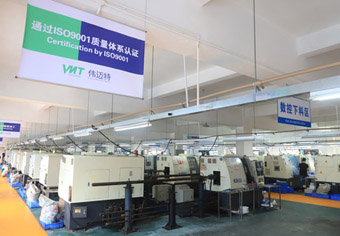
Established in 2010 and is located in Guangming District, Shenzhen, Guangdong Province, China,has own factory cover an area of 5000 m2. We are customized machining parts manufacturer with 100 employees,can provide items within 24 hours.
100 sets machines including 4 & 5 axis imported CNC centers,turning & milling machines for fast delivery, 6 engineers who have been working for more than 20 years to provide you with free design service to ensure that parts can reach the appearance of iPhone, the accuracy of Atomic Clock, tolerance per 0.01 mm, the key procedure controlled by CPK1.68 or more. At the same time,2 engineers specialized in surface finishingcontrol the finish procedures. Passed ISO 9001:2005 & IATF 16949 & SGS in 2015.
Devoted to helping 10,000 enterprises to break through the difficulty of processing, and strive for becoming a leader in high-efficiency, high-yield, and precise parts. In the past 15 years, our business has spread to 62 countries around the world,covered military, medical, semiconductor, Telecommunication, automotive and other fields.No matter how complicated part is, or any technical problems faced with,we can find the solution and offer you with professional service.
100+
Sets of Machine
120+
Countries Shipped
100,000+
Parts Manufactured
Other Industry Applications
Our business has grown to now cover 62 countries worldwide. We have done products in the electronics industry, industrial industry, automotive industry, and medical industry. If you need custom CNC Machining Components parts service, we have rich manufacturing experience and can turn your ideas into products.
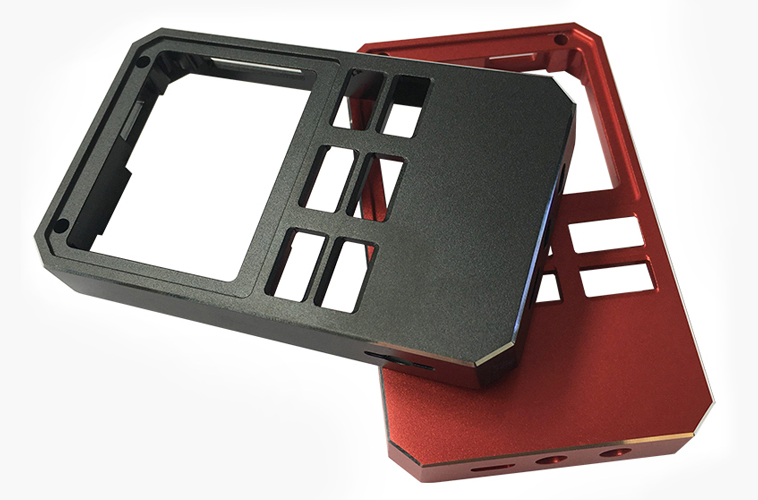
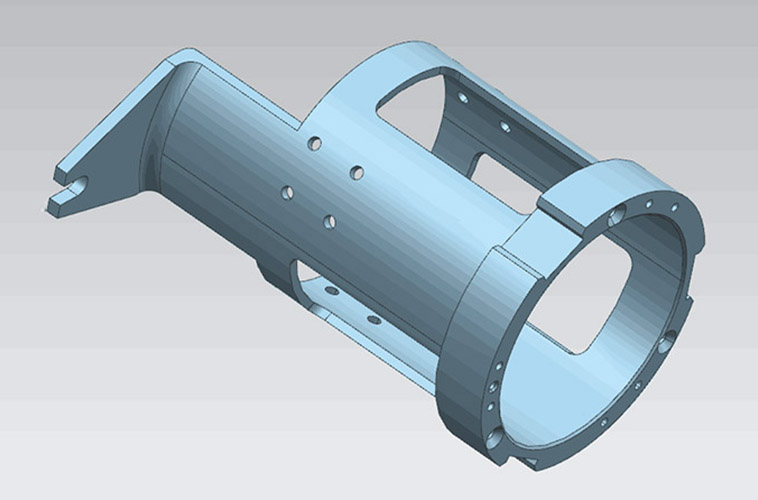
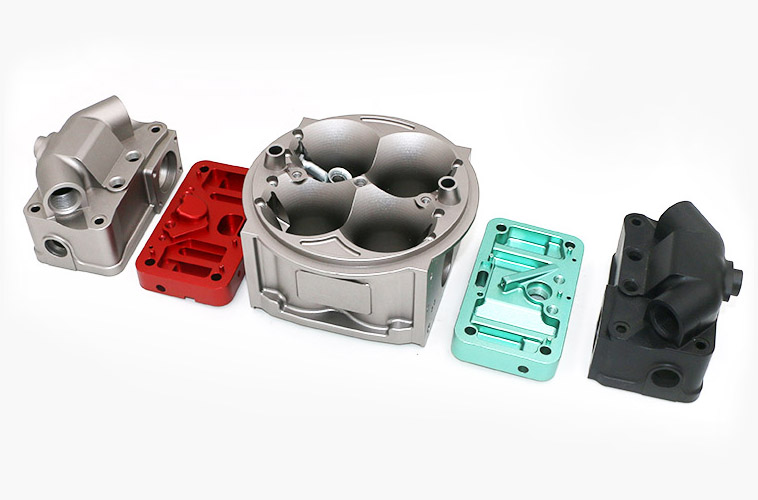
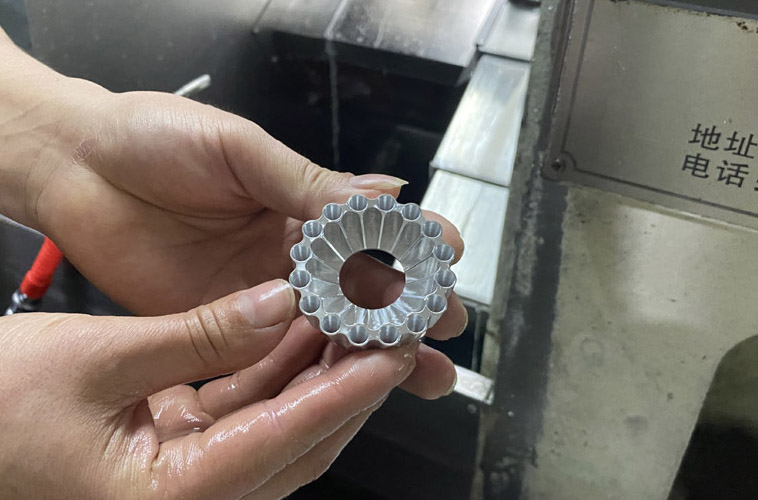
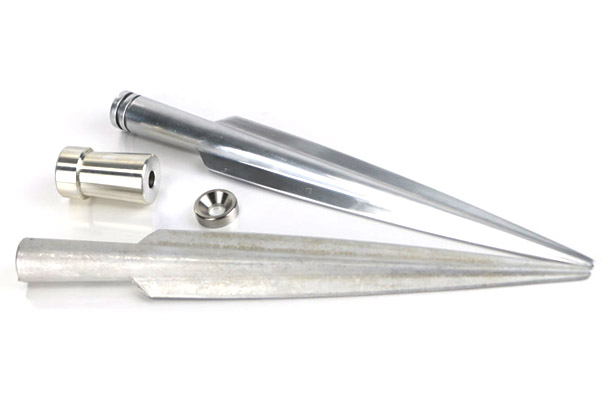
VMT : Aluminum Cold Forging and CNC Machining Arrow Parts Project
Because the batch is only 300 sets, the customer wants to use CNC machining to produce it like a prototype. We found that many curved surfaces on the arrow should be completed in 3D during the review stage. After our Engineer was reviewed with DFM, we recommended that the customer analyze the cost of this project.
CNC Machining Resources
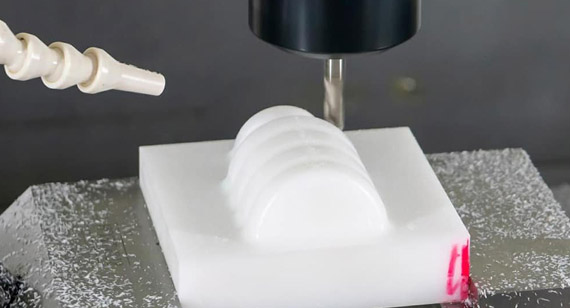
Machining Teflon/PTFE: A Guide to Manufacturing Plastic Parts
This guide delves into the specifics of PTFE machining, exploring its material advantages, process considerations, and limitations. Whether you are an engineer designing custom CNC machined parts or a manufacturer ...
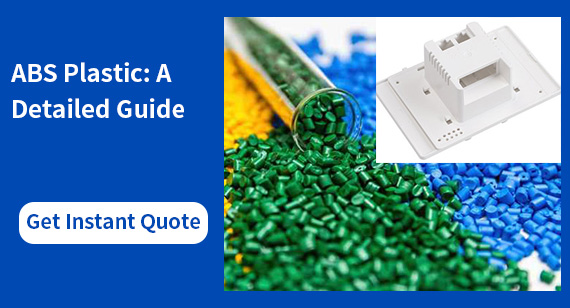
ABS Plastic: A Detailed Guide
In this detailed guide, we explore the characteristics of ABS plastic, the different grades available, various manufacturing processes for handling ABS, its advantages and disadvantages in rapid prototyping, and its wide ...
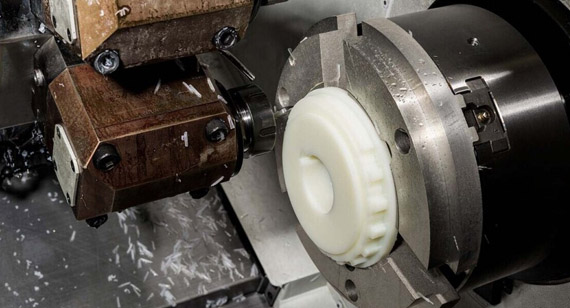
Glass-Filled Nylon: Types, Advantages, Disadvantages, and Applications
Read this article to learn about glass-filled nylon materials, from their basic composition and properties to comparisons with similar materials. Discover how to select the right grade of glass-filled nylon, adopt effective machining ...





 2024-08-02
2024-08-02
The manufacturer is strongly recommended. In the past few years of cooperation we have ordered several machined products from aluminum and stainless steel. These products are manufactured in compliance with tolerance requirements and require product finish. Now I have ordered another one. The service is excellent and any questions can be answered and resolved in time.
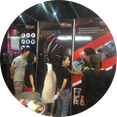




 2021-05-13
2021-05-13
The dimensions are all customized according to my drawings no tolerance issues and the parts are delivered on time. I am very satisfied with it.
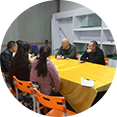




 2021-04-06
2021-04-06
I pay much attention to the surface treatment aspect of this product. I was a little worried about the cooperation at the beginning. I am very satisfied with the product now and hope to cooperate for a long time.
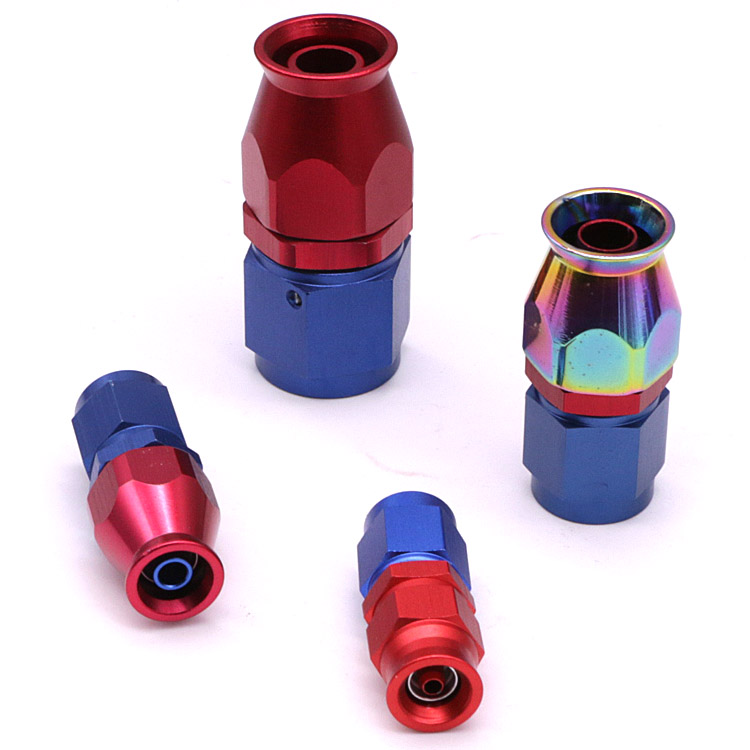




 2022-09-22
2022-09-22
AN8 Straight PTFE Hose End Fitting for PTFE Fuel Line Fitting Adapter Black Blue Red
